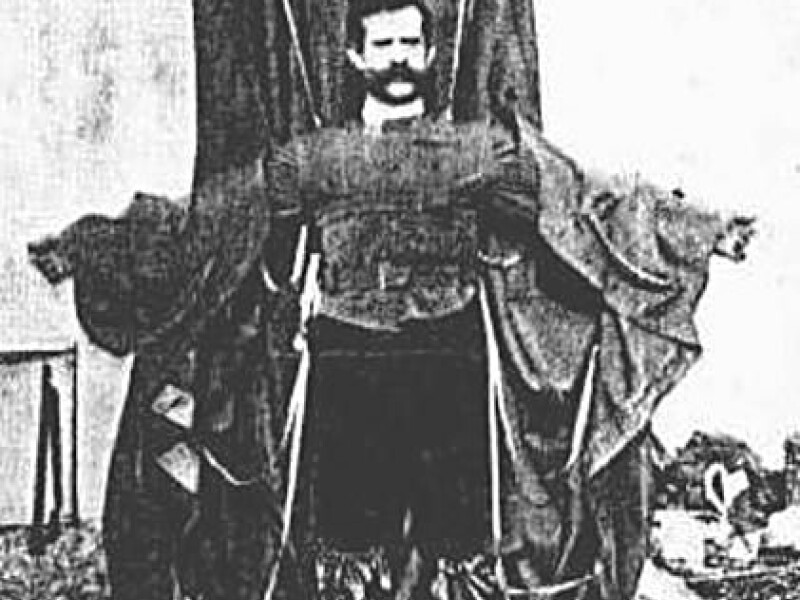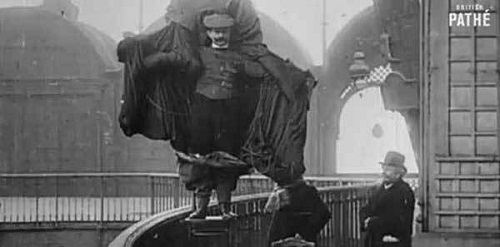

Then he climbed his tower and declared himself an architect beyond measure.Īny man can build. Then he became a kind of dream inside the mind of every child who thought they, too, could stack things high enough to climb into a better life.Ĭhildren playing in the street piled buckets and tin cans, and one reckless child-an Austrian immigrant boy with big ears who lived in a poor quarter-even built a tower out of chairs. It kept growing, and Gustave became more famous. Who cared if it had purpose? And the tower wasn’t even finished yet. Everyone else-all the people who didn’t have enough leisure to waste it debating beauty-cheered Gustave for building the biggest thing they’d ever seen. Gustave said in Le Petit that aesthetes could shut their eyes or lie facedown in the dirt if they were bothered. They argued that no single building should be visible from all points in Paris. Also infamous, since artists and writers reviled him as the man who ruined the Parisian skyline. Construction began, and as the tower got taller, and didn’t fall, Gustave grew famous. In Paris he began his search for puddled iron and three hundred men to carry it, stack it, and drive those rivets in. It was a work of engineering meant only to defy the weather.

It wasn’t a work of art meant to espouse beauty or form. Slowly the designs got smarter and a two-dimensional version of the tower took shape. The tower would plunge into the city.Īt night Gustave imagined designs and drew them with those doubts in mind. Or the wind would blow, the metal would bend, and the rivets would snap. They said the tower would topple under its own weight.
FRANZ REICHELT PRONUNCIATION FULL
The next day, newspapers were full of illustrated stories about the death of the “reckless inventor”, and the jump was shown in newsreels.His name was Gustave Eiffel, and he built his giant French tower because it was impossible-that is what everyone said-to build something so tall. The parachute failed to deploy and he plummeted 57 metres (187 ft) to his death. Despite attempts to dissuade him, he jumped from the first platform of the tower wearing his invention. He finally received permission in 1912, but when he arrived at the tower on 4 February he made it clear that he intended to jump personally rather than conduct an experiment with dummies. Believing that a suitably high test platform would prove his invention’s efficacy, Reichelt repeatedly petitioned the Parisian Prefecture of Police for permission to conduct a test from the Eiffel Tower. Initial experiments conducted with dummies dropped from the fifth floor of his apartment building had been successful, but he was unable to replicate those early successes with any of his subsequent designs. Reichelt had become fixated on developing a suit for aviators that would convert into a parachute and allow them to survive a fall should they be forced to leave their aircraft in mid-air. “Franz Reichelt (16 October 1878 – 4 February 1912), also known as Frantz Reichelt or François Reichelt, was an Austrian-born French tailor, inventor and parachuting pioneer, now sometimes referred to as the ‘Flying Tailor’, who is remembered for jumping to his death from the Eiffel Tower while testing a wearable parachute of his own design. The film shows Reichelt teetering on the edge and after hesitating for awhile, he jumps off but plummets straight down to his death.” However, after some persuasion from his manager, he climbed the tower again. The first time Reichelt went up the tower, he actually turned back after getting scared.

The press and Pathé cameras were all invited to witness his jump. “In February 1912, the inventor Franz Reichelt had gained permission to test his self designed parachute from the Eiffel Tower. Please, click the picture above and view the film on YouTube Death Jump – Franz Reichelt jumps off the Eiffel Tower


 0 kommentar(er)
0 kommentar(er)
